A caucasic 42-year-old woman, first pregnancy, with a diagnosis of female factor infertility caused by ovulation failure and azoospermia in the male partner, underwent an IVF procedure using sperm and ovocytes donors. The patient had 2 embryos transferred 26 days before she presented to the Obstetric Department with a chief symptom of abdominal pain.
Laboratory testing revealed a serum β-human chorionic gonadotropin level of 56779 mIU/mL.
A transvaginal pelvic sonographic examination demonstrated a intrauterine twin pregnancy without embryonic structures, a third gestational sac in the right uterine adnexa with an embryo measuring 4,3 mm length according to 5+5 weeks of amenorrhea with cardiac activity and the presence of free fluid in the pouch of Douglas.
A bilateral salpingectomy and uterine curettage was performed.
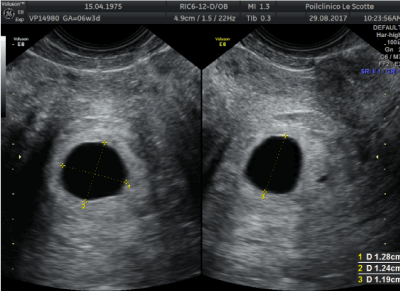
Figure 1. Transvaginal sagittal section showing the first empty intrauterine gestation sac.
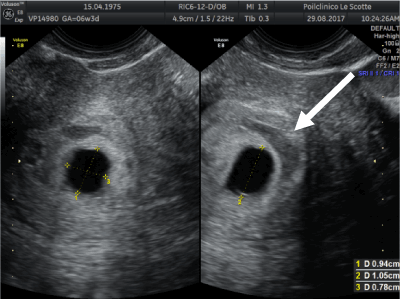
Figure 2. Second empty intrauterine gestation sac, located below the first and smaller dimensions. The arrow indicates an area of amniochorial detachment.
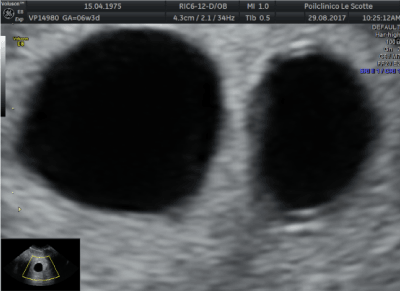
Figure 3. Ultrasonographic find of both intrauterine gestational sacs showing twin pregnancy.
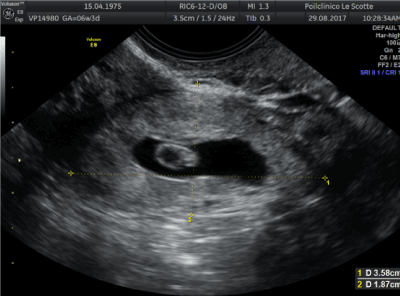
Figure 4. Ultrasound image showing an ectopic pregnancy in the ampullary region of the right fallopian tube with the presence of embryonic structures: gestational sac, yolk sac and fetal pole.
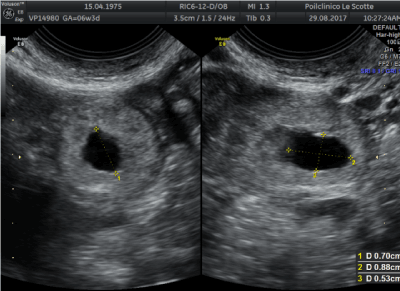
Figure 5. Ultrasonographiv find of the tubal sign, defined by the presence of a round hypoechoic adnexal collection with a well-defined hyperechoic rim. This represents a gestational sac (hypoechoic center) with surrounding trophoblast (hyperechoic rim).
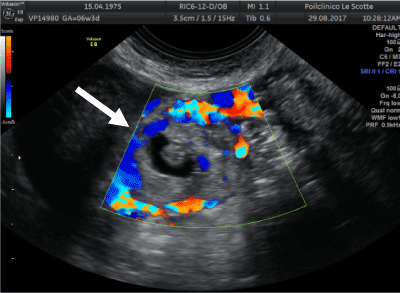
Figure 6. Tubal ectopic pregnancy by transvaginal ultrasound. The arrow indicates the ectopic gestation with circumferential Doppler flow, called the “Ring of Fire”.
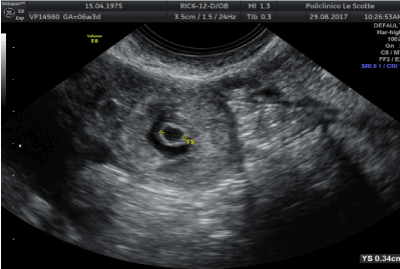
Figure 7. Ultrasound examination revealing the presence of yolk sac of tubal pregnancy.
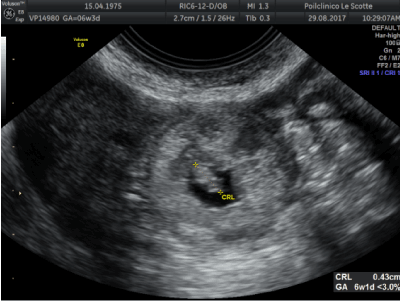
Figure 8. Ultrasound image showing the presence of an embryo with crown-rump length measurements of 4,3 mm, according to 5+5 weeks of amenorrhea.
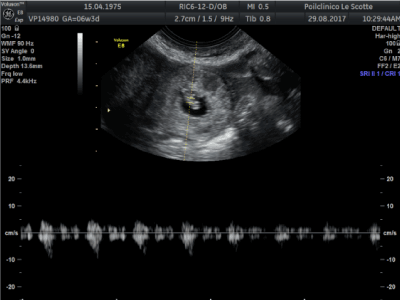
Figure 9. Fetal pole with visible fetal heartbeat detected at Power-Doppler.
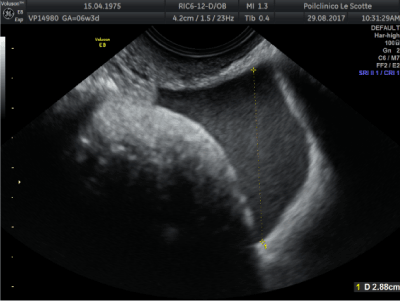
Figure 10. Ultrasonographic find of free fluid in the pouch of Douglas.
2021 Copyright OAT. All rights reserv










